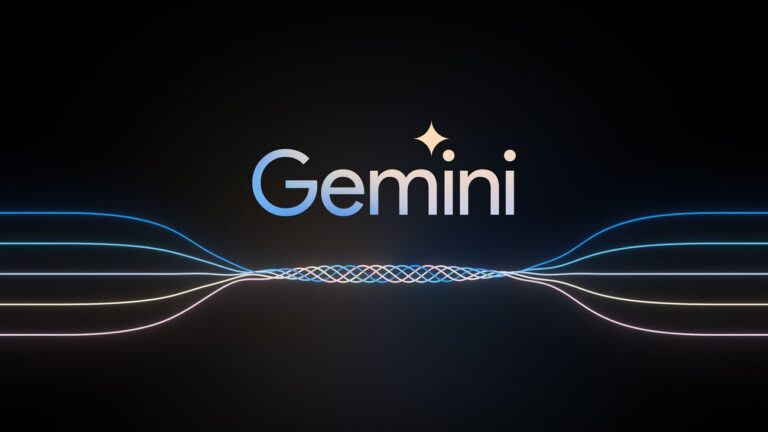Table of Contents
AI Writing Generators are cool but the quality of the content they produce isn’t always the best.
Photo by Christin Hume on Unsplash
You’ve probably tried a bunch of different ways to make your AI-generated content sound less robotic. Maybe you’ve stuffed it with all kinds of info, thinking that would help it write better. But no matter what you do, it still misses the point and ignores important details. Or maybe you’ve tested out a bunch of AI writing tools, each one promising to be the game-changer. Yet, none of them delivered.
After writing plenty of content for various industries and topics, I’ve figured out that the real key to success is doing your homework and planning things out before entering your prompts in your AI writing tool.
Instead of making your workflow smoother, you often find yourself tweaking the AI’s output—changing words, adjusting phrases, and trying to breathe some life into text that just feels flat. Even then, it might not hit the mark.
The time you spend polishing could have been used to write the piece from scratch. Read on to know what to focus on, instead.
⚖️Applying Authenticity in AI Writing
To create AI-written content that feels human, you really need to find your own style. Not just any style, but something that’s uniquely you. Think about your favorite writers—each one has their own vibe, a way of getting ideas across that’s super recognizable. That’s what keeps you hooked.
On the flip side, AI writing tools start off blank. Without some direction, it ends up spitting out stuff that’s pretty flat, generic, and just lacking that personal touch. If you don’t add your flair, your content might get lost in the shuffle—unremarkable or worse, incomprehensible.
To start building your style, develop AI by giving it some of your old writings so it can get a feel for your voice. But hey, if you’re still searching for that voice, it might take a bit of time and effort. The best way to find it is just to write—regularly and with purpose. Try mimicking a writer you look up to, and eventually, your own quirks will shine through.
For those who are already seasoned writers, it’s a bit easier. Just pinpoint your little quirks—maybe you love using metaphors, have a knack for wordplay, or lean toward dry humor. Own those traits and tell the AI to throw more of your signature style into the mix.
🗨️Leveraging Original Thought for AI Writing
AI is like a mirror reflecting what’s put in front of it. If you want to create genuine content, you need to feed it with your own original ideas—those that come from your life experiences, thoughts, and one-of-a-kind perspective.
Relying on AI for ideas is kind of like using a GPS without knowing where you want to go. Sure, it’ll take you somewhere, but it might not be the right place for you. AI is great at crunching numbers, spotting trends, and imitating styles, but AI Writing just can’t capture that spark of human creativity.
This is why you still have to put some elbow grease into it and give Ai something to bounce off of—something that’s human. Since you’re using AI Writing tools to do most of the work, I suspect this shouldn’t be too hard to do.
Ways to generate ideas that can be fed into AI:
Note-taking System: Capture and connect your learning using a dynamic note-taking system. For me, it’s Google Docs & Bullet Journal.
Diverse Information Sources: Seek out less mainstream information within your industry to uncover new insights. Perplexity.ai is a great gathering source.
Interactive Brainstorming: Engage in a dialogue with AI, exploring its responses and brainstorming new directions.
The key is to take a second to think for yourself. What’s the message you want to share? What’s your unique story? What fresh angle do you bring to the table? Once you sort through these ideas, then feel free to let the AI help you flesh them out.
Remember AI’s role is to be your creative buddy, not the main writer.
📰Structuring the Outline in AI Writing
An outline isn’t just some boring list—it’s your roadmap. It shows where you’re starting from, where you want to go, and how you’ll get there.
Having an outline can make the difference between an article that flows and one that feels all over the place. Without it, your writing might wander around, losing focus and your readers’ interest. Nobody wants to piece together your message—if it’s confusing, they’ll just click away.
Take this article, for example. Each section focuses on one idea, and the AI only got to work after we settled on those specific thoughts.
😎Defining Your Role in AI Writing
A lot of writers fall into the trap of thinking new AI tools can do all the work for them. They want it to whip up a perfect piece with almost no input. But let’s be real—AI isn’t a magic wand. While AI writing tools are great at handling the basics, they still need your guidance to generate the content that fits your request best.
The real mistake happens when you see AI as the actual writer instead of a helper. Sure, it might be easy to just roll with whatever the AI spits out, but that’s not always the best move.
Value the time it saved you in getting the rough draft down, but remember that those final touches—your personal flair—are what turn decent content into something that really connects so make sure to grab a few extra minutes to tweak what the AI comes up with.
Any raw content produced through AI Writing should be considered only as the first draft and never as the final content.
🤔Final Thoughts
Making genuine content with AI isn’t about fooling people into thinking a robot wrote it. It’s all about using AI to boost your own voice, not swap it out. Embrace your unique style, share your own ideas, start with a good outline, and always wrap it up with that human touch. That’s the secret to creating real content through AI Writing.



